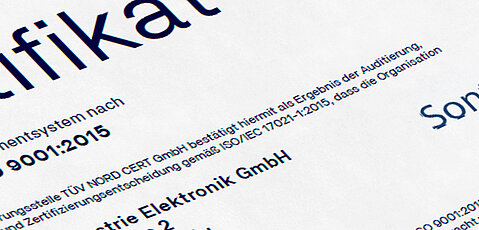ASAM MCD
The ASAM (Association for Standardisation of Automation and Measuring Systems) association provides standards for data models, interfaces and syntax specifications for a large number of applications, examples, evaluations and simulations. The ASAM-MCD standard specifies the interfaces and data exchange formats of MCD (application) systems. These MCD systems enable the access to networked ECUs and can be integrated into applications via a GDI interface, for example. So they are used for measuring, adjusting (optimization of characteristics and characteristic curves) and diagnosing. All three function groups should be able to be used as independent subsystems, which are combined via standardized interfaces according to the application requirement. The description of interfaces and data exchange formats of the MCD systems forms the main focus of MCD.
During development, production and maintenance, the MCD systems used should be designed to be compatible and interchangeable with each other, thus supporting the development process. The inclusion of control units in the motor vehicle is an important characteristic. This integration is to be encapsulated from the viewpoint of the users of MCD systems. The user therefore needs access to the measurement and adjustment objects as well as the results of diagnostic services. In order to be able to integrate and exchange ECUs, the ECU information must be offered in a uniform form. For this reason, the ASAM e. V. association defined the ASAM MCD-2D standard in May 2004, which makes all information, both requirements and documentation, relevant to vehicle and ECU diagnostics available in ODX format for data input to the workshop tester or for software configuration.
